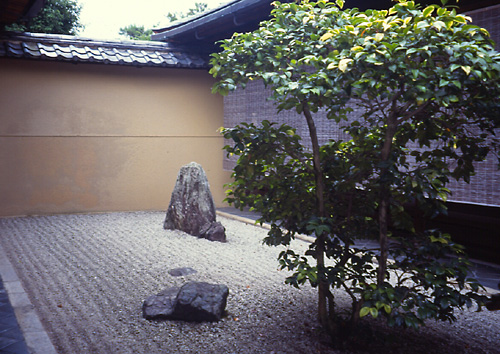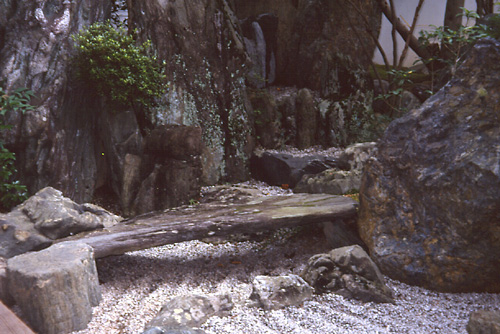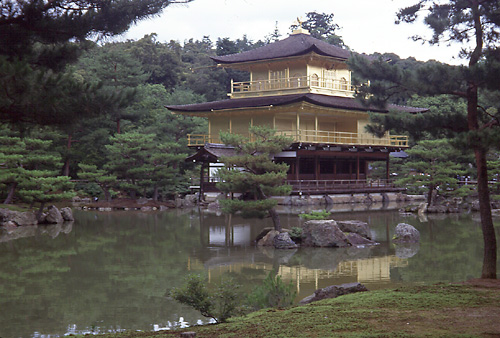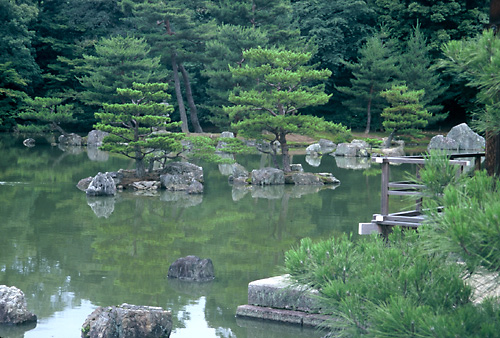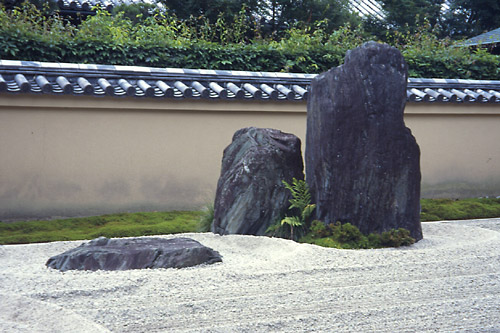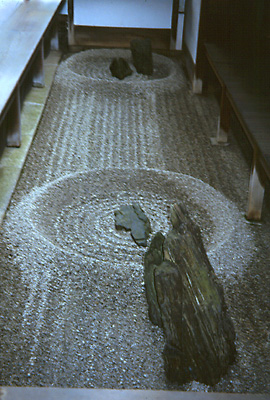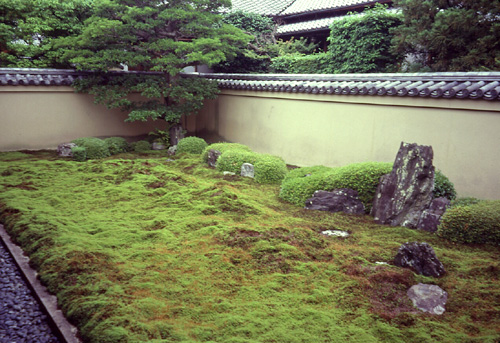Click on this image to see more for this period
During this period the courtly Heian culture was replaced by a new military class, which for the first time included urban folk and even lower class people.
The lower class “riverside people” were used as professional gardeners and Zen monks became master garden designers. This period brought a shift from Chinese style gardens to a new expression of traditional Japanese gardens as portrayed at the garden of the Golden Pavilion.
It also brought about a strong Zen influence. Many temples were developed following the “Karesansui” or “dry landscape” style, which was strongly influenced by Chinese landscape paintings. Tea ceremonies also started playing an important role in Japanese society.


